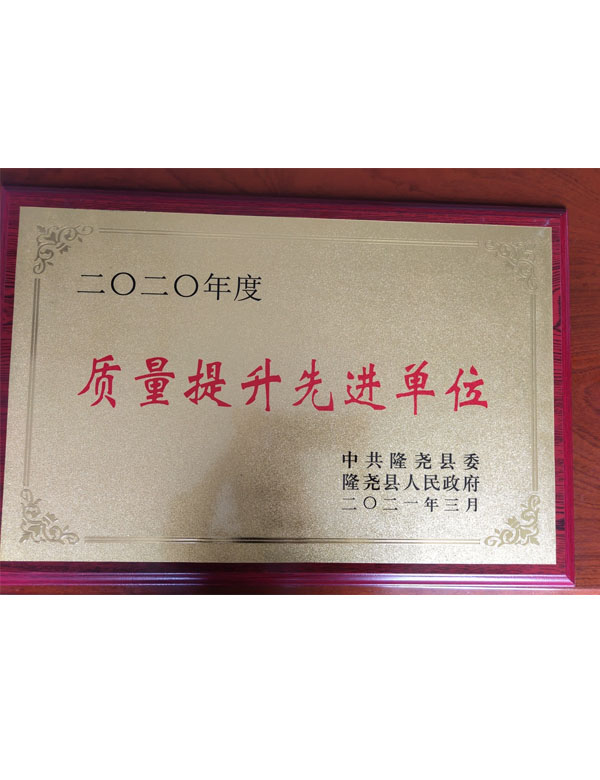poly aluminium chloride for drinking water
Poly Aluminium Chloride for Drinking Water Purification
Water is a vital resource for human survival, and ensuring its cleanliness and safety is paramount. Among the various treatment chemicals used in water purification, Poly Aluminium Chloride (PAC) has gained significant attention due to its efficiency and versatility. PAC is a coagulant that plays a crucial role in the treatment of drinking water, helping to remove impurities and ensure that the water is safe for human consumption. This article delves into the properties of PAC, its mechanisms of action, its advantages, and its applications in drinking water treatment.
What is Poly Aluminium Chloride?
Poly Aluminium Chloride is a high molecular weight, water-soluble compound that is commonly used in water treatment processes. It is typically produced by the reaction of aluminium hydroxide with hydrochloric acid, resulting in a polymeric structure that enhances its performance as a coagulant. PAC can exist in liquid or solid forms, with the liquid variant being more widely used in water treatment facilities.
Mechanism of Action
The primary function of PAC in drinking water treatment is to coagulate suspended particles and contaminants, facilitating their removal from the water. When PAC is added to water, it dissociates into aluminum ions, which neutralize the negative charges of suspended particles. This neutralization causes the particles to agglomerate, forming larger clusters or flocs. These flocs can then be easily separated from the water through processes such as sedimentation and filtration.
Additionally, PAC can effectively remove a wide range of contaminants, including turbidity, organic matter, heavy metals, and pathogens. Its performance can be influenced by pH levels, ionic strength, and the presence of different types of impurities. Therefore, careful monitoring and adjustment of the water chemistry are often necessary to optimize PAC’s effectiveness.
Advantages of PAC
poly aluminium chloride for drinking water

One of the primary advantages of using PAC in drinking water treatment is its superior coagulation performance compared to traditional aluminum sulfate (alum). PAC can work effectively over a broader pH range, making it suitable for various water conditions. Moreover, PAC tends to generate softer and denser flocs, which settle more rapidly and require less chemical dosing, thereby reducing the overall chemical costs in the treatment process.
Another benefit of PAC is its relatively low residual aluminum in treated water, which addresses health concerns associated with aluminum exposure. Studies have suggested that the levels of aluminum leaching from PAC-treated water are significantly lower compared to conventional treatment methods. This aspect is particularly important in regions where health regulations on drinking water quality are stringent.
Additionally, PAC enhances the removal of organic matter and other contaminants, which leads to improved water quality and safety for consumers. Its effectiveness against microorganisms also contributes to better disinfection outcomes when combined with other treatment processes.
Applications in Drinking Water Treatment
PAC is extensively used in municipal water treatment plants and industrial facilities that require high-quality drinking water. Its adaptability makes it suitable for various sources of raw water, including surface water, groundwater, and even seawater. In rural and developing areas, PAC can be employed in small-scale treatment units, providing access to safe drinking water for communities that lack advanced treatment infrastructure.
Moreover, the importance of PAC has grown in response to increasing regulations surrounding water quality and the need for sustainable practices. The shift towards environmentally friendly treatment options has propelled the adoption of PAC in various treatment schemes, promoting the use of efficient and less harmful chemicals in water purification processes.
Conclusion
Poly Aluminium Chloride is a key player in the field of drinking water treatment. Its effective coagulation properties, reduced aluminum residuals, and adaptability to different water conditions make it an invaluable tool for ensuring safe drinking water. As the global demand for clean water continues to rise, PAC is poised to remain an essential component of modern water treatment strategies, helping to secure a healthier future for communities worldwide. Through its use, we can enhance the quality of drinking water, protect public health, and promote sustainable water management practices.
-
Dodecyldimethylbenzylammonium Chloride: High-Purity DisinfectantNewsAug.30,2025
-
2-Phosphonobutane-1,2,4-Tricarboxylic Acid: Scale & CorrosionNewsAug.29,2025
-
Premium Isothiazolinones | Broad-Spectrum Biocidal SolutionsNewsAug.28,2025
-
LK-319 Special Scale And Corrosion Inhibitor For Steel Plants: Advanced Solutions for Industrial Water SystemsNewsAug.22,2025
-
Flocculant Water Treatment: Essential Chemical Solutions for Purification ProcessesNewsAug.22,2025
-
Isothiazolinones: Versatile Microbial Control Agents for Industrial and Consumer ApplicationsNewsAug.22,2025





